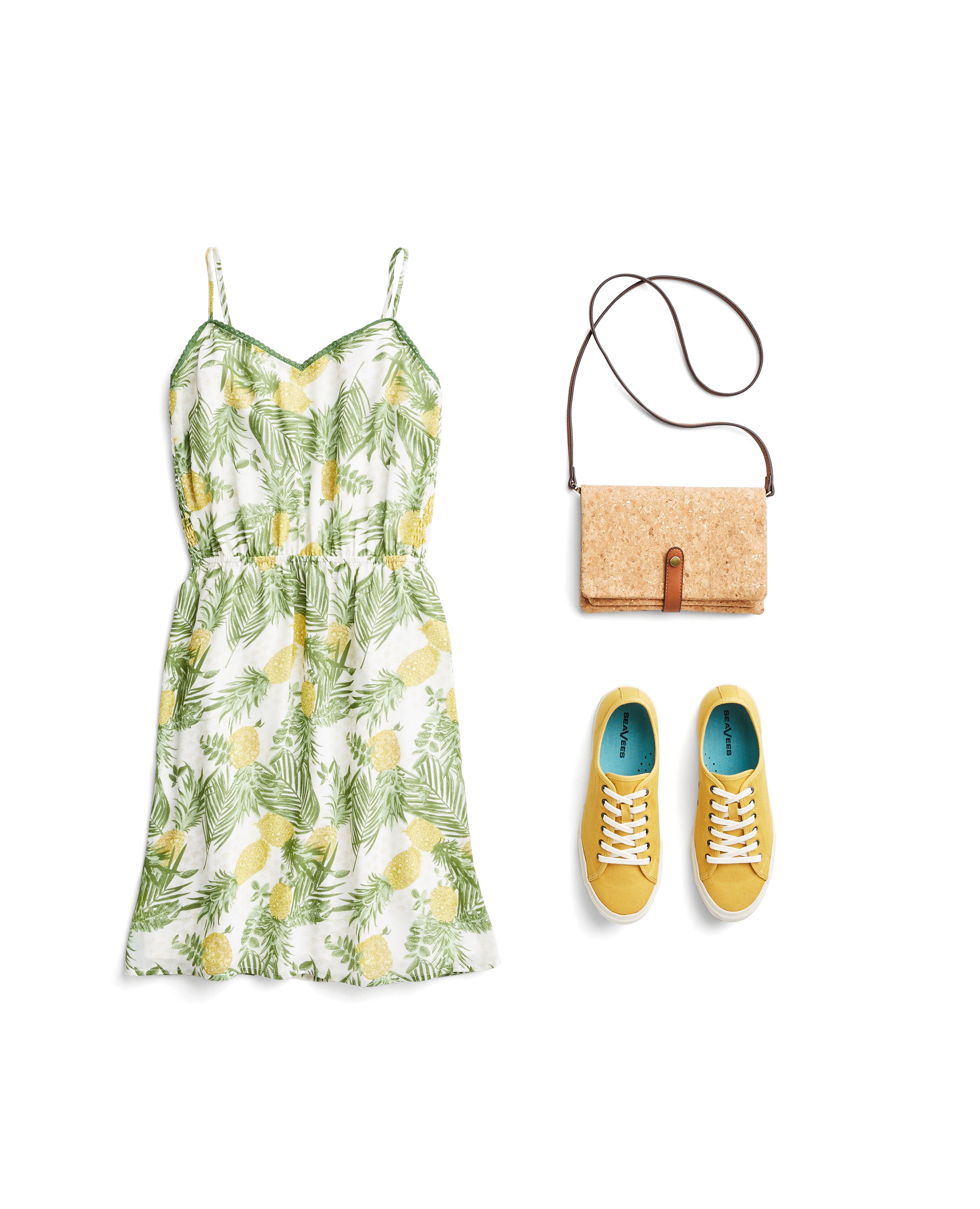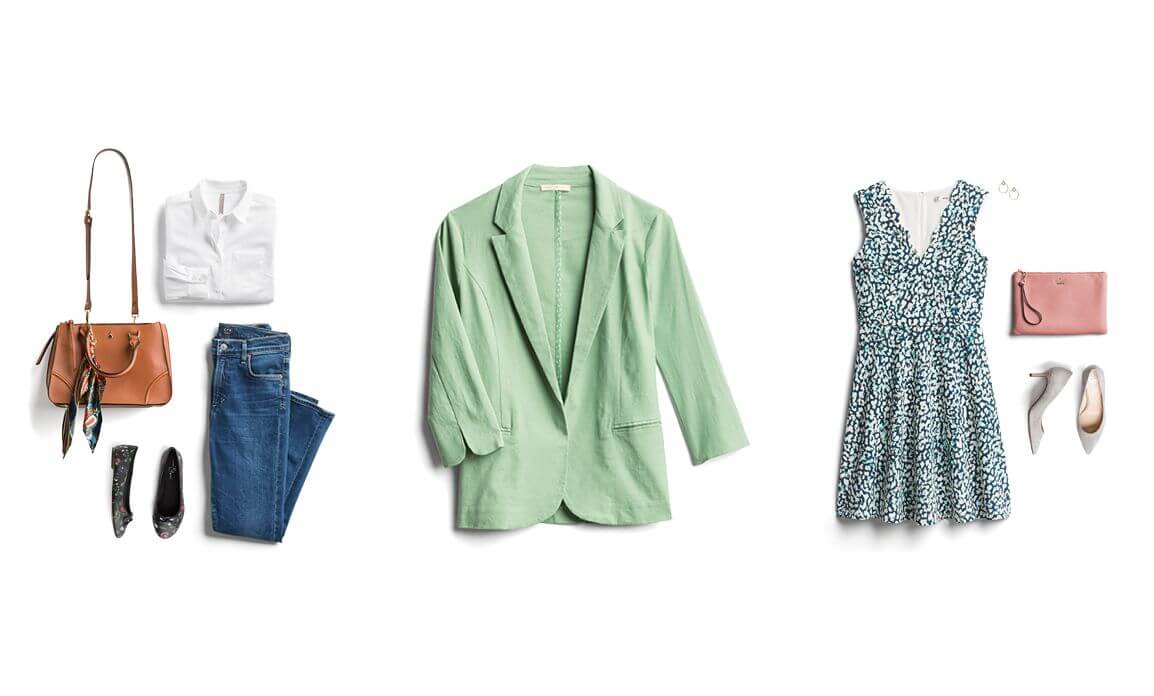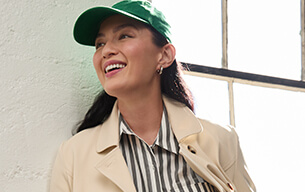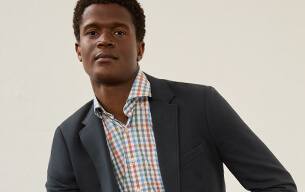Stitch Fix announces the 2021 color of the year: aloe
By: Ryen Anderson, Stitch Fix Color Expert
Why is color important?
It’s no secret that color can reflect the way we feel and behave. When it comes to clothes, for instance, we choose to wear certain shades and colors to express ourselves and oftentimes reflect the way we feel. On a day when you are feeling excited and happy, you may choose to wear a bright, vibrant color. On other days, you may opt for a warm, neutral-toned sweater because you are feeling mellow and relaxed. These instincts to choose certain colors are influenced not only by our personal experiences and psychological make-up but also by the world around us.
For us, and like many others in the fashion industry, color is a critical component of our business. It impacts not only our clients but also our buyers, designers and stylists. That’s why we set out to understand which colors are most popular with our clients, leveraging our unique data and insights engine, so we can better predict future color trends and determine which items and colors to buy into in the future.
What color is this?
We take a data-driven approach to analyzing color trends, and a necessary first step in this process is to determine exactly what colors the items are in our merchandise. We can’t know how popular our classic blue items are unless we know which items are classic blue! So to do this, I worked with data scientist Dan Tasse to develop a hybrid approach combining the best of algorithms and human expertise, as discussed in depth in this blog post from Dan.
One important part of the work is understanding color as a hierarchy – rather as one value – because different people care about colors at different levels of granularity. For example, when we are thinking about a teal top, one of our merchandisers might care that it’s “teal, with medium saturation and brightness,” but a trend forecaster who’s looking to understand macro color trends might only care that it’s “blue.” On the other hand, we have stylists who are making the final decisions on which items each individual client would love, who might want to choose something in between the two, “teal.”
To make sense of color at different granularities, we developed a hierarchy of color which uses computer vision to accurately detect and categorize the color of each item. Instead of just “Primary Blue”, we can tell that something is Primary Blue, which is a subset of Ultramarine Blue, which is a subset of Cobalt, which is a subset of Blue. This lets us more precisely identify shades and tones, which ultimately allows us to take a more scientific approach to trend forecasting.
Analyzing Color Performance
Once we truly understand an item’s color, we are able to use data from sales and detailed client feedback to analyze how each color is performing and predict when a color will reach popularity.
While traditional prediction methods by established color trend forecasters have been effective in the past, our approach, which combines algorithms and human expertise, allows us to stay ahead of the ongoing fluctuation across the fashion industry and global landscape at large. With preferences and ideations constantly shifting and evolving, we choose to leverage our tools to extract the data needed to fully understand the present in order to better predict the future.
The Color of the Year for 2021: Aloe
Using our unique data and insights, our color taxonomy process, and our expert designers, we not only can predict what colors our clients will love next year, but also what color will be the most loved by all in 2021.
This coming year, the color of choice is Aloe, a pastel green, reminiscent of the interior of an aloe plant. The color aligns with the growing theme of wellness and nature in our lives.
2020 has been a stressful year and Aloe, with its healthy, spa-like feel, responds to our gravitation toward a greater need for peace and tranquility. For many, plants and nature have been an important part of quarantine and Aloe, the ultimate self-care plant, is the perfect embodiment of that.

As a pastel, Aloe, will work seamlessly with the natural whites and taupes that have been trending as neutrals during the past few years and is a harmonious compliment to the yellow trend. It is likely that we will see the color not only in clothing and accessories, but in home decor and furnishings as we convert spaces in our homes to meditation and fitness areas.

By leveraging data-driven insights and our color taxonomy process to more precisely define color, we are able to better navigate fashion trends and client preferences, not only serving up what people want now, but also predicting what colors and shades clients will want in the future.

